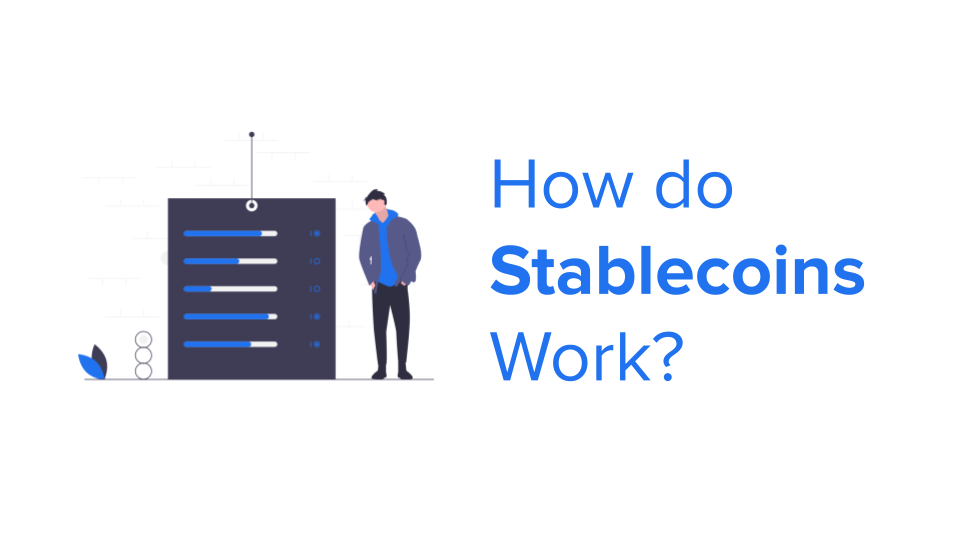Why does the USDT price always remain ~$1? How do they mint it? What can I use it for? What is even the point of it or other such currencies?
We’ll try to answer all the above questions in this post.
When you throw a small rock into a pond, you see the effect it has on it right? But imagine throwing the same rock into the ocean. It will hardly have any impact.
That’s how it is with small cap coins. The smaller the market cap, the higher the volatility. The smaller caps coins are more affected by everyday buy and sell orders compared to higher cap coins or even fiat currency like the US Dollar.
It is hard to use Bitcoin/Ethereum in some cases considering the fluctuations. We all experienced a flash dump at the start of the week didn’t we?
At the very basis of cryptocurrencies is the decentralization of money and a free-for-all payment system minus the volatility. That’s where stablecoins come in. They are an attempt at a currency that isn’t volatile. Their value is pegged to a real-world, fiat currency.
The main usage of stablecoins is actually at crypto exchanges. You can exchange volatile currencies for stablecoins if you want to lower the risk. Stablecoins are also easier to move between exchanges.
Let’s take a look at a few stable coins.
How are stablecoins minted?
Before we get into this, let’s understand how they are minted. No matter how many coins are bought or sold, the prices of these stable coins stay the same. Stablecoins like USDT and USDC are backed by having the same amount of fiat currency held in reserves. These are centralised projects essentially.
Other stable currencies like DAI are stabilised by the supply and demand forces on their native platform which in turn dictates how many DAI tokens are minted or burned. This continuous balancing which keeps the price of DAI pegged to 1 is a process that is completely decentralized and transparent. It’s on the ethereum blockchain, so you can track it of course. Because now a lot of nations are trying to roll out their own stable coins, many people believe that they will be the currencies of the future.
Let’s look at a few of them.
USDC
This is a stablecoin created by Circle and Coinbase in 2018. It is the 10th largest currency overall and one of the most used stable coins. It has a contract deployed on Ethereum, BSC, Solana, Polygon, and many other chains. You can read more about the currency here.
This coin is continually audited which is a plus and also coinbase being one of the creators, it’s easily redeemable.
USDT
USDT is a coin many people refer to as ICO Money. It’s funny but when you think about it, almost every currency in the world can be exchanged against it. It’s a great coin to be paired with. Tether is the 5th largest currency in the world and the most used stable coin. Similar to USDC, it has a contract deployed on the biggest chains. Read more about it here.
The stated purpose of USDT is to combine the unrestricted nature of cryptocurrencies — which can be sent between users without a trusted third-party intermediary — with the stable value of the US dollar.
DAI
DAI is pretty much the only stable coin that can boast about being decentralized. It’s not issued by any centralised authority, the project itself does not have control over its value. Which makes it interesting, considering it’s always pegged to the dollar. Unlike other stable coins, DAI does not have reserves that it can mint against, it uses smart contracts. DAI is created when a collateralized debt position is created, which locks ethereum into a smart contract.
In Conclusion
We are going to leave you with the thought that while stablecoins have their own merit, most of them are centralised which is pretty much the antithesis of blockchain technology. Nevertheless, with the use case that they provide and the companies backing the major ones, it’s hard to ignore them.

